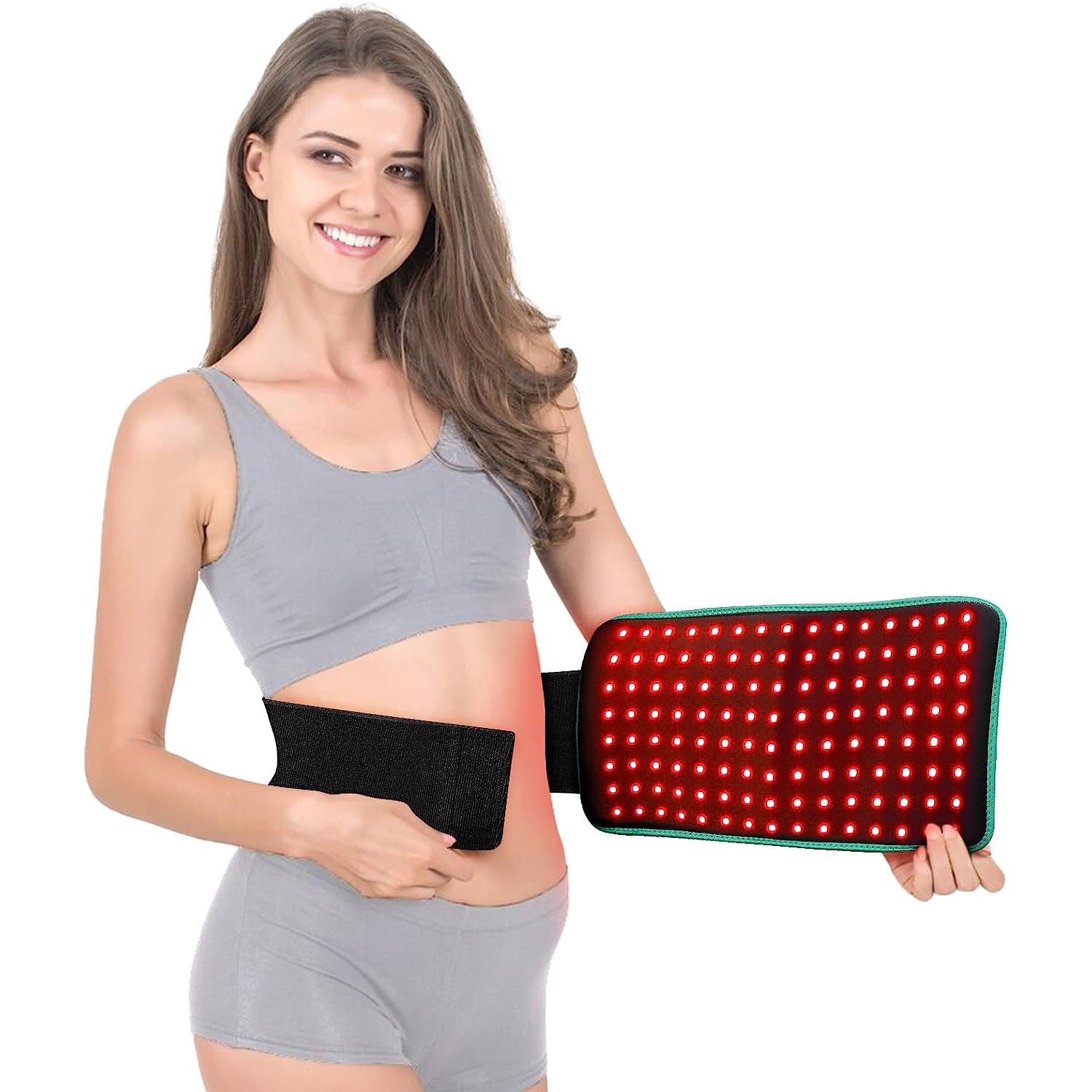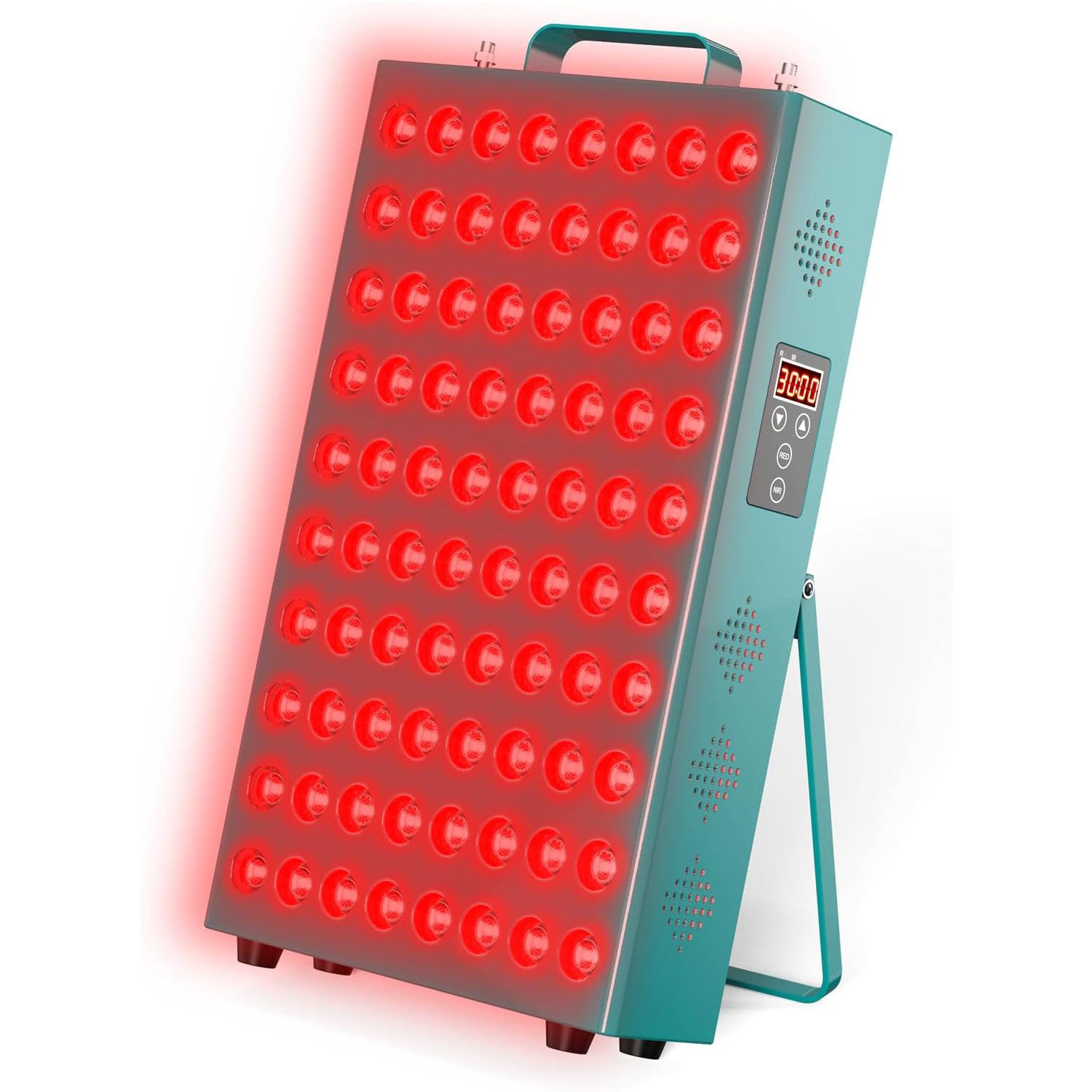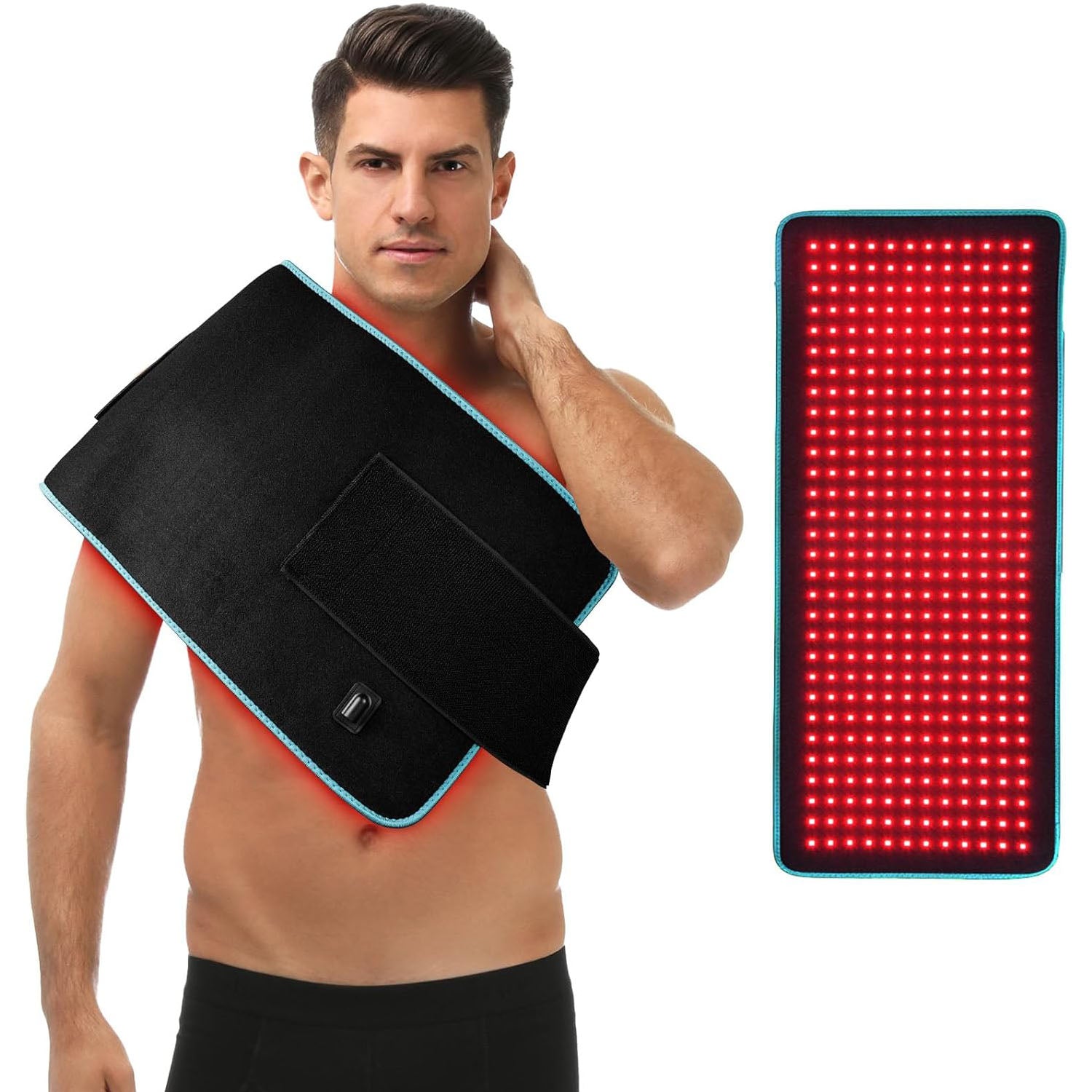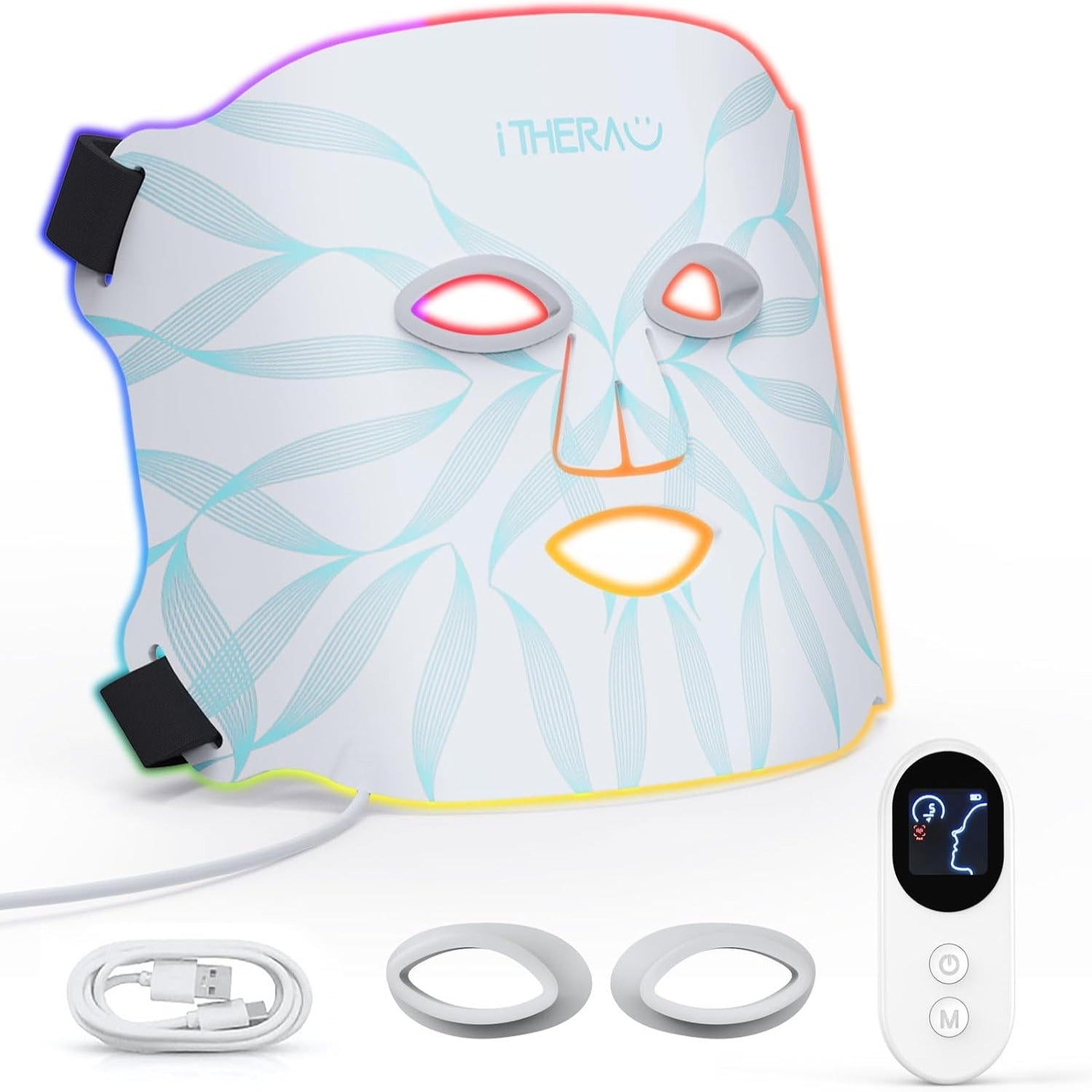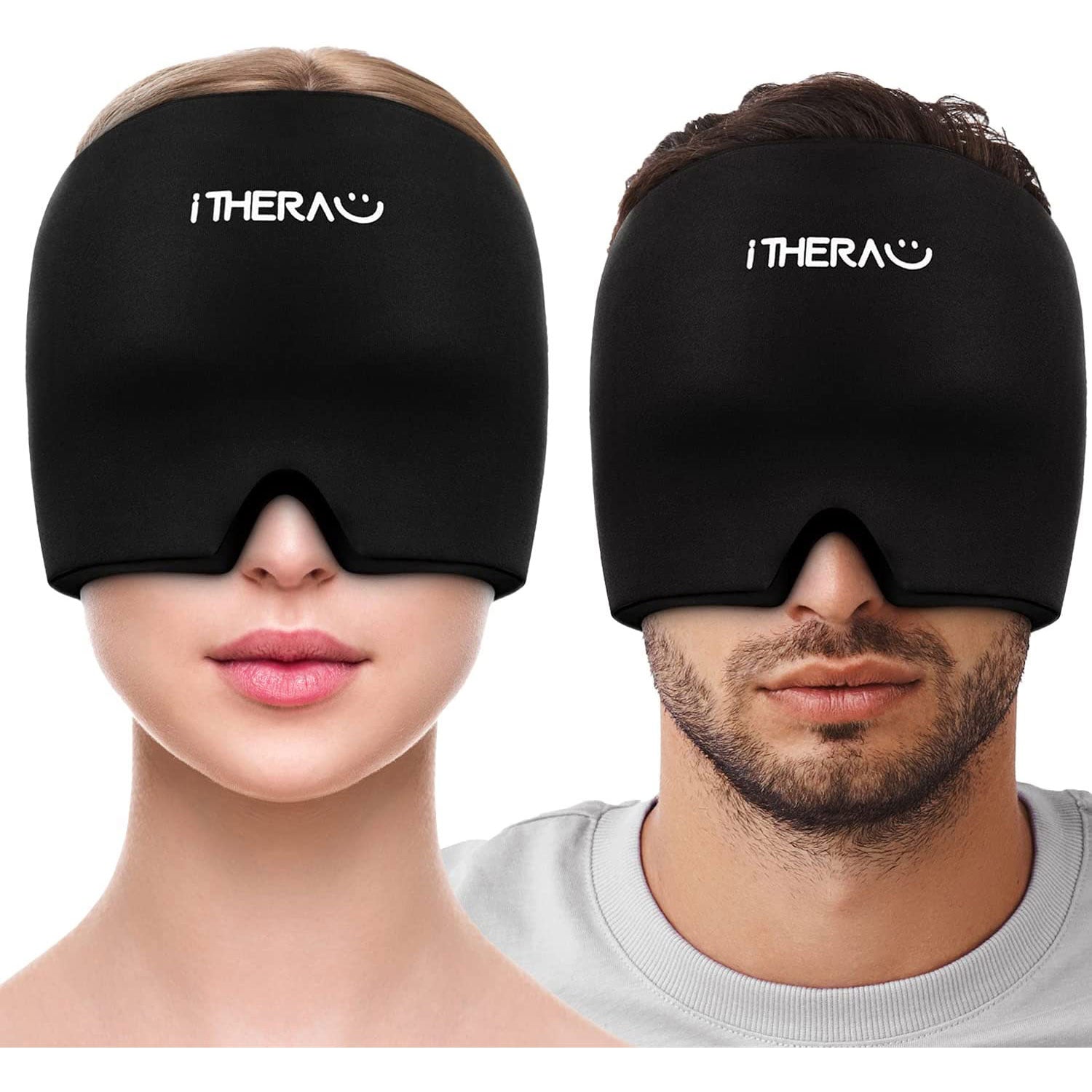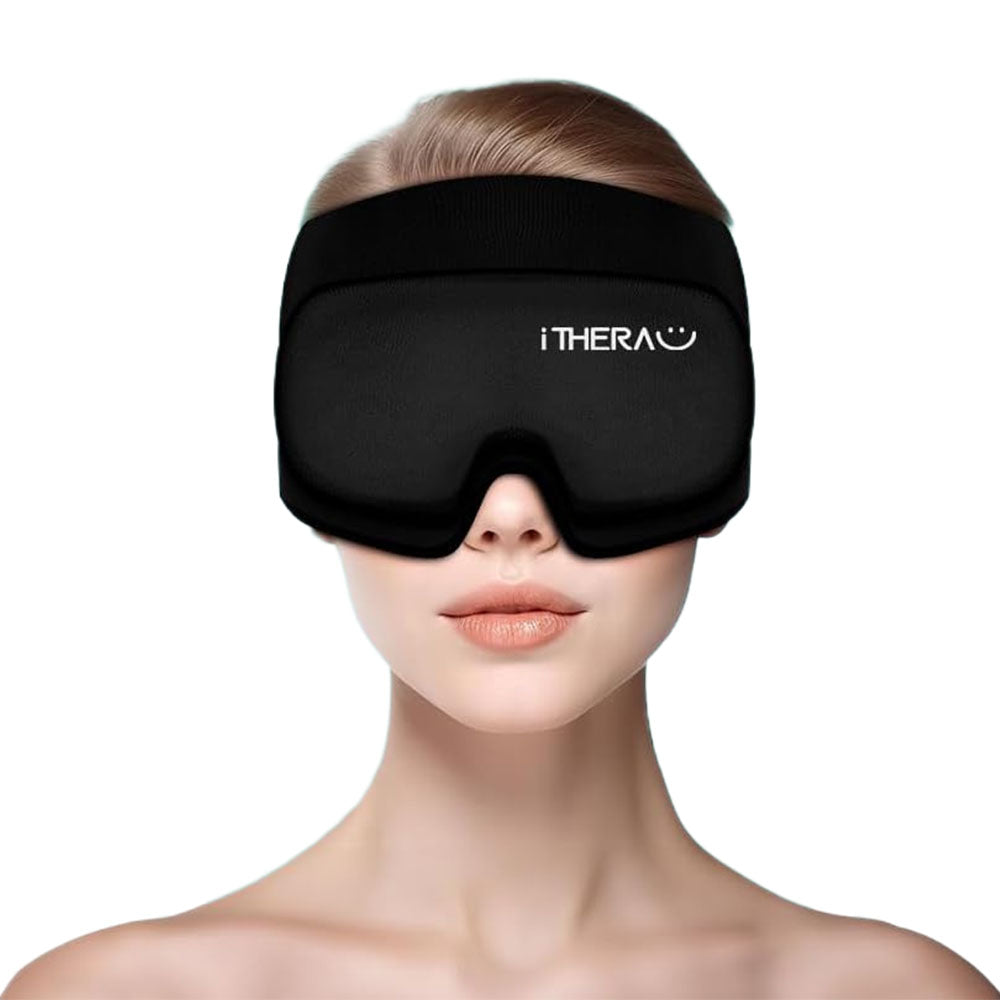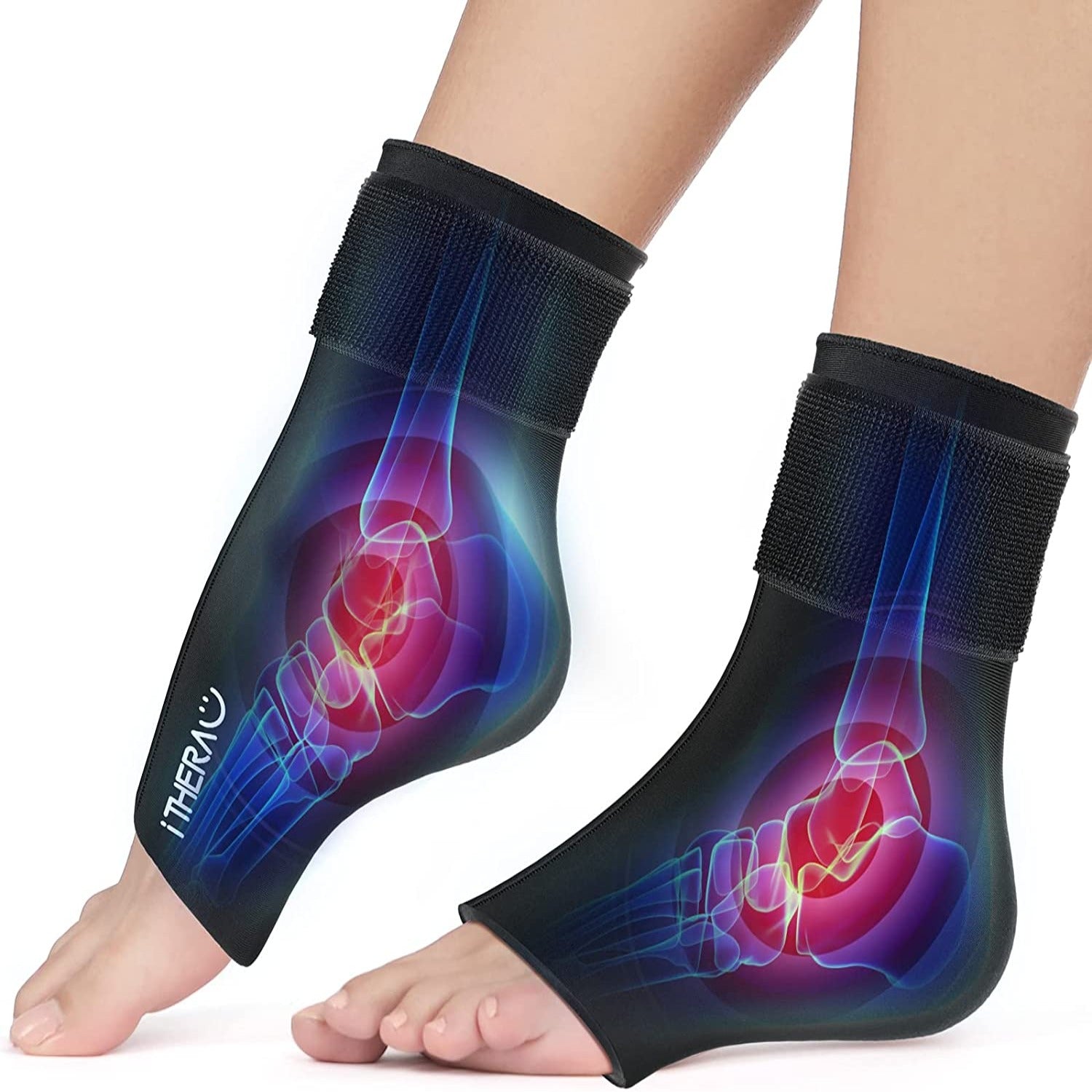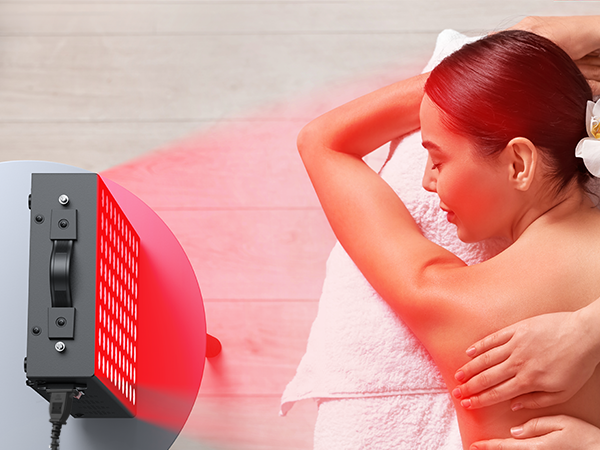Red light therapy has emerged as a popular wellness treatment in recent times, utilizing low-wavelength infrared LED light to address cosmetic and medical skin conditions such as acne, scars, and wrinkles. It is intended to promote the healing process within the body.
This non-invasive procedure is typically painless with minimal risks. Nonetheless, currently, there is insufficient evidence to confirm its effectiveness in treating chronic diseases.
You may also hear red light therapy referred to by other names including:
- Biostimulation
- Cold Laser Therapy
- Low-Level Laser Light Therapy
- Low-Power Laser Therapy
- Photobiomodulation
- Soft Laser Therapy

How Does Red Light Therapy Work?
Red light therapy operates by influencing the mitochondria within your cells, commonly recognized as cell energy generators.
These mitochondria produce adenosine triphosphate (ATP), an energy-storing molecule. However, the production of ATP reduces over time due to aging, illness, and lifestyle factors. Red light therapy stimulates the mitochondria to yield additional ATP, which enhances cellular efficiency, promotes skin repair and increases new cell growth.
Moreover, red light exposure can accelerate antioxidant production in cells, thereby effectively reducing inflammation levels.
Why Red Light?
Red light therapy employs red light since it is best suited to penetrate body tissues. The wavelength of red light can be effectively absorbed by specific components present within cells that capture light energy, thereby allowing for improved absorption and utilization compared to other wavelengths.
What Can Red Light Therapy Treat?
Skin conditions that may benefit from red light therapy include:
- Acne: More research is needed but red light therapy may treat acne by lowering the amount of inflammation and oil in the skin.
- Hair loss: Red light therapy may stimulate new hair growth in both men and women experiencing alopecia or hair loss.
- Signs of aging: Red light therapy may improve the appearance of the skin that has been damaged by ultraviolet (UV) rays from the sun. It works by stimulating collagen production to minimize wrinkles and tighten the skin.
- Chronic wounds: The wavelengths from red light may stimulate new growth of skin cells and blood vessels. This increased circulation could speed up wound healing.
- Psoriasis: Red light therapy is a common treatment for mild to moderate psoriasis because of its ability to lower inflammation in the skin.
- Cold sores: Red light therapy may be an effective treatment for herpes cold sores. The procedure may even prevent cold sores but more research is needed to establish this link.
Other conditions that red light therapy may improve include:
- Osteoarthritis: Research has found that exposure to red light therapy may improve pain and disability level in those with osteoarthritis, the most common form of arthritis affecting the joints.
- Tendinitis: Those with tendinitis, a condition where the tissue that connects muscles to bones becomes inflamed, or other muscle strains may benefit from using red light therapy before a workout. The procedure has been shown to improve sports performance in those with muscle pain.
- Mouth pain: Your dental provider may recommend red light therapy if you suffer from mouth pain or ulcers. It could also help to eliminate harmful bacteria in the mouth.
- Anxiety: Red light therapy may improve anxiety symptoms and promote better sleep in those with generalized anxiety disorder.
- Alzheimer’s disease: Red light therapy may break down a substance in the brain, known as formaldehyde, that is associated with memory loss. The procedure may improve the cognitive function of those with mild Alzheimer’s disease.
What Can't Red Light Therapy Do?
Red light therapy has several potential benefits but more research is needed. At this time, there not sufficient evidence to conclude that red light therapy is beneficial or safe for treating the following conditions:
- Cancer: Red light therapy has not been proven safe to be used during cancer treatments or near tumors.
- Obesity: Some small studies have examined the effect of red light therapy on waist circumference. However, there is no evidence to support using red light therapy for weight loss.
- Back pain: Red light therapy has been used to treat mouth pain but there is not enough evidence to know if it can treat other types such as back pain.
- Seasonal affective disorder (SAD): You may have heard of light therapy for SAD treatment but red light therapy has not been proven effective.
Types of Red Light Therapy Treatment
There are various types of red light therapy treatments, which can be obtained from both healthcare and cosmetic providers or used at home. The following locations may offer red light therapy treatments:
- Healthcare provider's office
- Dental Office
- Medical spa
- Beauty Clinic
- Tanning salon
- Home (using devices purchased for personal use)
Is Red Light Therapy Effective?
Red light therapy is a non-invasive and safe treatment for most healthy adults as it does not use UV rays, which are associated with skin cancer. It is considered a nontoxic procedure.
While there is some evidence of red light therapy being effective in improving skin appearance, larger sample-size studies are still needed to determine its overall effectiveness. Currently, most studies on red light therapy are small and need further investigation.
Are There Any Cons to Red Light Therapy?
Although red light therapy is generally considered safe for most healthy adults, there may be long-term effects or complications associated with its use. The lack of research in this area makes it difficult to fully understand the potential risks.
It is advisable to consult with a healthcare provider before starting any new health regimen, particularly if you have sensitive skin or diabetes. Additionally, red light therapy is not recommended for use during pregnancy or breastfeeding as its safety in these situations has not been established.
Alternatives to Red Light Therapy
If you're not considering red light therapy, there are other natural ways to treat chronic conditions or improve your skin health. Incorporating healthy lifestyle choices is an effective approach. Getting enough sleep and regular exercise can positively impact overall health.
A healthy diet can also provide similar benefits of red light therapy including improved skin appearance and reduced inflammation. Consult with a healthcare provider about adopting an anti-inflammatory diet to mitigate chronic inflammation.
Alternative treatments such as acupuncture and cupping are found to alleviate pain, boost blood flow, and reduce inflammation.
For anxiety treatment, consider meeting with a therapist to learn about cognitive-behavioral therapy. This type of therapy has been proven to effectively manage depression and anxiety.
Summarize
Red light therapy is a treatment that utilizes infrared light to address both cosmetic and medical conditions, including acne, scars, and wrinkles.
While red light therapy shows potential benefits to treat various skin and inflammatory conditions, more research is necessary to confirm its safety and effectiveness thoroughly.
If you consider trying red light therapy, consult with your healthcare provider. You can receive red light therapy either at home, at a healthcare facility, or at a medical spa.

